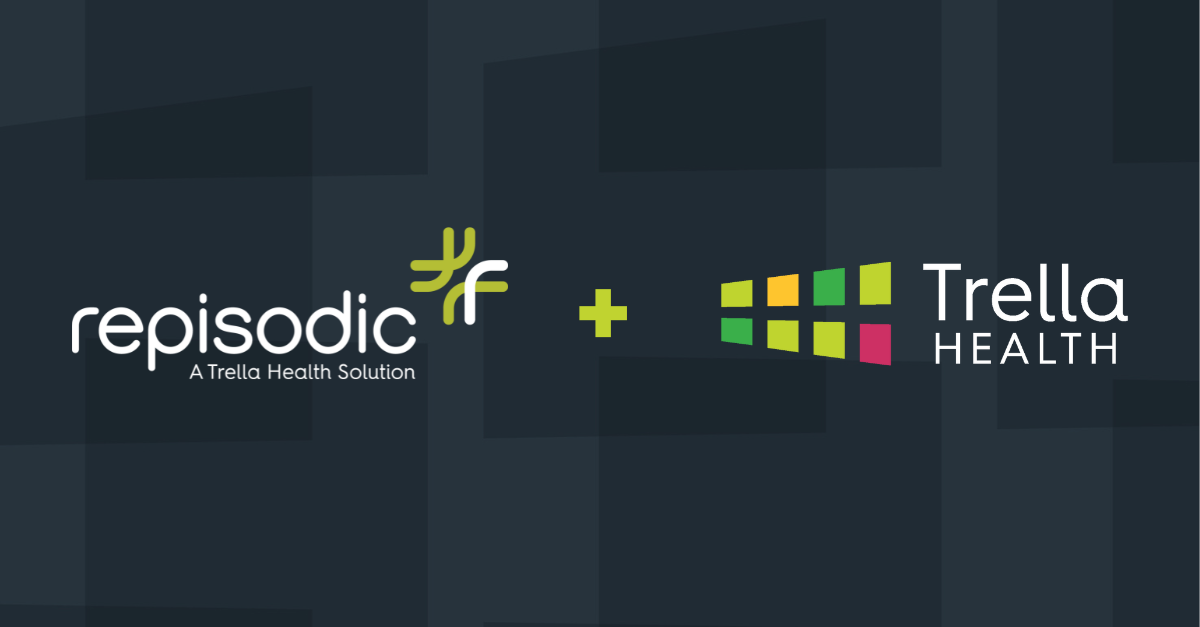BLOG
Three Pro Tips for Increasing Hospice Awareness — and Utilization
By: Jessica Chew | December 19, 2019
In our latest Industry Trend Report, we continued to see hospice utilization hover around 50%. In addition, in a recent Consumer Assessment of Healthcare Providers and Systems survey, the number one complaint families reported on hospice was they wished their loved ones had entered hospice sooner.
At Trella Health, hospice awareness and education are especially important topics to us. We recently hosted a webinar where industry leaders discussed their strategies for promoting hospice education, best practices for working with referral sources — as well as new ideas and predictions for 2020. Here are 3 major takeaways!
Takeaway 1: Too many families still think of hospice as a death sentence
Social media, community outreach, and traditional advertising all play a role in reframing hospice from a death sentence to an earned benefit and compassionate alternative to institutional care.
Russ Krengel, President and CEO of Kindful Hospice, shared how Tulsa, OK, hospice Clarehouse is using a one-act play called “We Should Talk,” to educate the community about end-of-life options. “It’s a form of experiential marketing that’s proving very effective.”
Other suggestions from the panel included being active on social media (i.e. sharing thank-you notes on Facebook), investing in a strong web presence to reach consumers directly when they’re searching, and even traditional ad campaigns – which hospice providers haven’t typically used.
Takeaway 2: Physicians respond better to data than emotional appeals
In addition to the difficult nature of hospice conversations, the presenters agreed physicians are strapped for time and may not fully understand hospice eligibility criteria. Joe Mead, CEO at Careline Health Group, says that sharing Trella rehospitalization data has proven extremely effective in changing the conversation from philosophy to outcomes:
“They may ‘know’ that hospice election reduces rehospitalization and improves patient satisfaction — but when you show them their own data, then it’s not just guesswork. It’s ‘This is your data, and this is what Medicare sees when they see you.’”
Another suggestion from the experts included developing partnerships with teaching universities and schools to promote education around end-of-life care.
Takeaway 3: Partnerships are key to a continuum of care
Leigh Nunn, COO of Affinity Hospice, believes partnerships with skilled nursing, home health, and palliative care organizations can result in a seamless continuum of care with benefits for providers and patients alike. “I think the need for hospice care in collaboration with other programs is where we’ll see continued growth over the next year.”
















